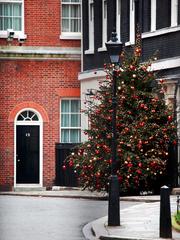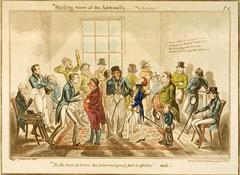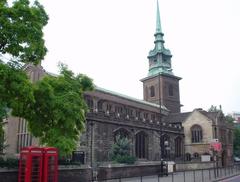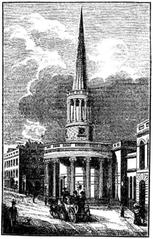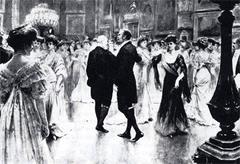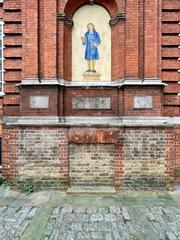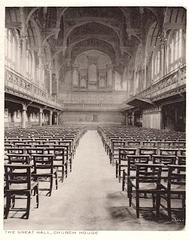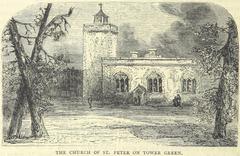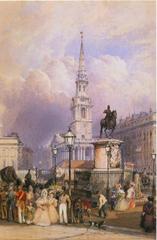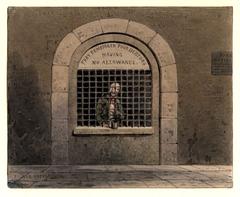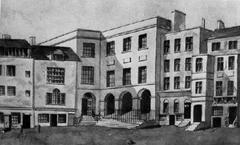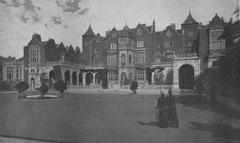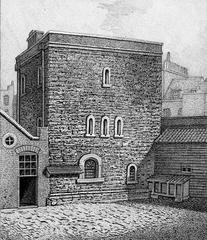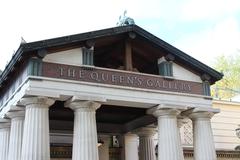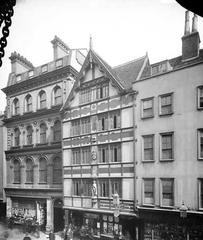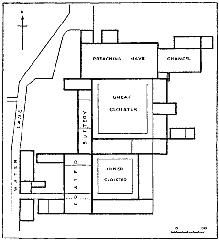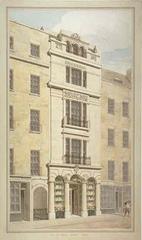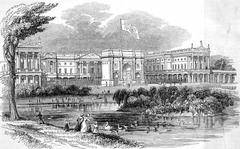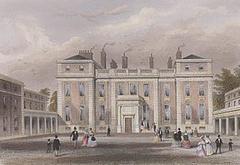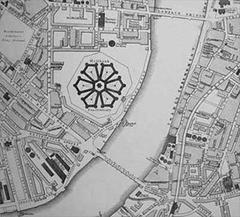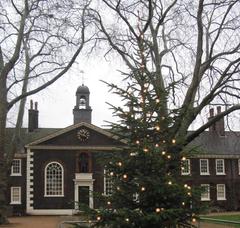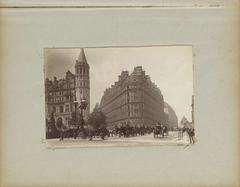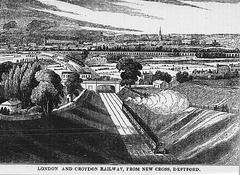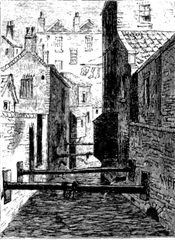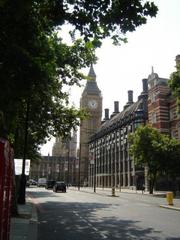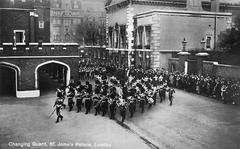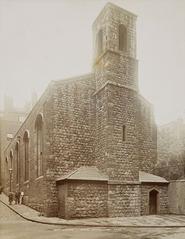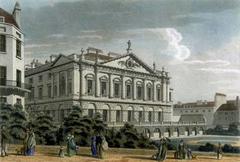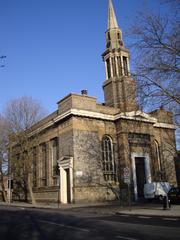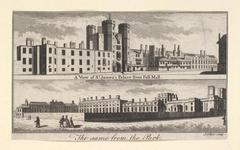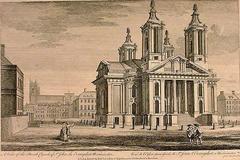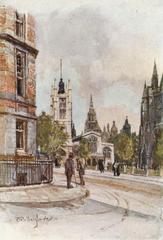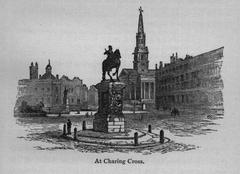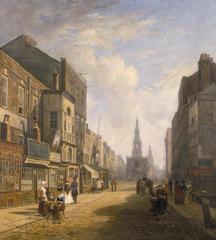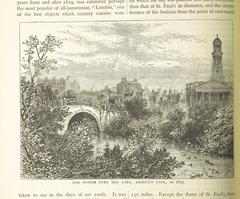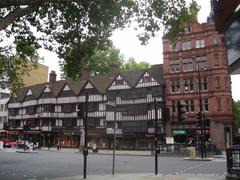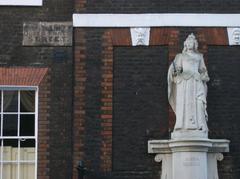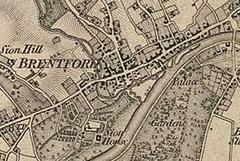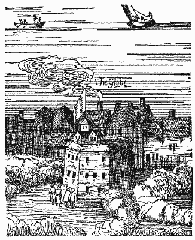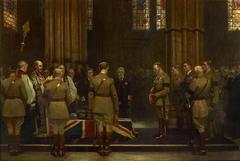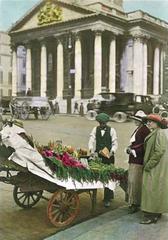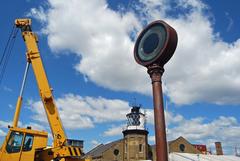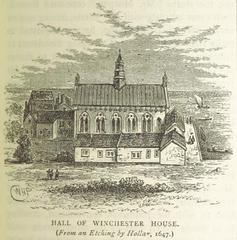Visiting The Oak of Honor: Tickets, Hours, and Historical Insights in London
Date: 20/07/2024
Introduction
Nestled in the historic London Borough of Greenwich, the Oak of Honor stands as a living testament to centuries of British history and culture. This ancient tree, believed to have been planted during the reign of King Edward III in the 14th century, has witnessed numerous pivotal events and transformations. From its association with Queen Elizabeth I, who is said to have rested under its branches, to its role as a rallying point during the English Civil War, the Oak of Honor is steeped in rich historical narratives (Visit Greenwich). Its enduring presence has made it a symbol of honor, loyalty, and resilience, drawing tourists and locals alike who are eager to connect with its storied past. This comprehensive guide aims to provide you with everything you need to know about visiting the Oak of Honor, from its historical significance and cultural relevance to practical visitor information and travel tips.
Table of Contents
- [History of The Oak of Honor](#history-of-the-oak-of-honorhistory-of-the-oak-of-honor)
- [Origins and Early History](#origins-and-early-historyorigins-and-early-history)
- [The Tudor Period](#the-tudor-periodthe-tudor-period)
- [The Stuart Era and the Civil War](#the-stuart-era-and-the-civil-warthe-stuart-era-and-the-civil-war)
- [The Victorian Era](#the-victorian-erathe-victorian-era)
- [20th Century to Present Day](#20th-century-to-present-day20th-century-to-present-day)
- [Cultural Significance](#cultural-significancecultural-significance)
- [Preservation Efforts](#preservation-effortspreservation-efforts)
- [Visitor Experience and Oak of Honor Visiting Hours](#visitor-experience-and-oak-of-honor-visiting-hoursvisitor-experience-and-oak-of-honor-visiting-hours)
- [Practical Visitor Information](#practical-visitor-informationpractical-visitor-information)
- [Visiting Hours](#visiting-hoursvisiting-hours)
- [Tickets](#ticketstickets)
- [Accessibility](#accessibilityaccessibility)
- [Nearby Attractions](#nearby-attractionsnearby-attractions)
- [Travel Tips](#travel-tipstravel-tips)
- [FAQs](#faqsfaqs)
- [Conclusion](#conclusionconclusion)
History of The Oak of Honor
Origins and Early History
The Oak of Honor, located in the London Borough of Greenwich, is a historic tree with roots that trace back to medieval England. The tree is believed to have been planted during the reign of King Edward III in the 14th century. According to local legend, the tree marks the spot where Queen Elizabeth I rested during one of her many travels. This association with royalty has imbued the Oak of Honor with a sense of historical significance and reverence.
The Tudor Period
During the Tudor period, the Oak of Honor gained prominence as a symbol of loyalty and service to the crown. It is said that the tree was a meeting point for local nobles and knights who pledged their allegiance to the monarchy. The tree’s location in Greenwich, a royal borough, further cemented its status as a symbol of honor and duty.
The Stuart Era and the Civil War
The Stuart era brought with it a period of turmoil and conflict, most notably the English Civil War (1642-1651). The Oak of Honor, by this time a well-known landmark, was reportedly used as a rallying point for Royalist forces. The tree’s association with the monarchy made it a symbol of resistance against the Parliamentarian forces. Despite the destruction that characterized the Civil War, the Oak of Honor survived, continuing to stand as a testament to the resilience of the local community.
The Victorian Era
The Victorian era saw a renewed interest in England’s historical landmarks and natural heritage. The Oak of Honor was no exception. During this period, the tree became a popular destination for local historians and tourists alike. Efforts were made to preserve the tree, and it was during this time that the first official records of the Oak of Honor were made.
20th Century to Present Day
In the 20th century, the Oak of Honor continued to be a symbol of historical and cultural significance. The tree survived both World Wars, during which the surrounding area saw significant changes. The post-war period brought with it urban development, but efforts were made to ensure that the Oak of Honor was preserved. In recent years, the tree has been recognized as an important part of London’s natural and historical heritage. It is now a protected landmark, with local authorities and conservation groups working to ensure its preservation for future generations.
Cultural Significance
The Oak of Honor is more than just a tree; it is a symbol of the rich history and cultural heritage of Greenwich and London as a whole. The tree has been the subject of numerous local legends and stories, many of which highlight its association with royalty and historical events. The Oak of Honor has also been featured in various works of literature and art, further cementing its place in the cultural landscape of England.
Preservation Efforts
Preservation efforts for the Oak of Honor have been ongoing for many years. Local authorities, in collaboration with conservation groups, have implemented measures to protect the tree from environmental threats and urban development. These efforts include regular maintenance and monitoring of the tree’s health, as well as public awareness campaigns to educate the community about the importance of preserving this historic landmark. The Oak of Honor is now part of a designated conservation area, ensuring that it will be protected for future generations to enjoy.
Visitor Experience and Oak of Honor Visiting Hours
Today, the Oak of Honor is a popular destination for tourists and locals alike. Visitors can explore the surrounding area, which includes several other historical landmarks and attractions. The tree itself is accessible to the public, and informational plaques provide visitors with details about its history and significance. The Oak of Honor is also a popular spot for photography, with its majestic branches providing a picturesque backdrop for visitors.
For those interested in learning more about the Oak of Honor and its history, guided tours are available. These tours offer an in-depth look at the tree’s past, as well as its role in the local community. Visitors can also participate in various events and activities organized by local conservation groups, which aim to promote the preservation of the Oak of Honor and other historical landmarks in the area.
Practical Visitor Information
Visiting Hours
The Oak of Honor is accessible daily from sunrise to sunset.
Tickets
There is no fee to visit the Oak of Honor; it is free to the public.
Accessibility
The site is wheelchair accessible, and there are paths leading to the tree.
Nearby Attractions
While visiting the Oak of Honor, you can also explore nearby historical sites such as the Royal Observatory, the National Maritime Museum, and the beautiful Greenwich Park.
Travel Tips
The easiest way to get to the Oak of Honor is by taking public transportation to Greenwich Station, which is a short walk from the site.
FAQs
What are the visiting hours for The Oak of Honor?
The Oak of Honor is accessible from sunrise to sunset daily.
How do I get tickets to visit The Oak of Honor?
No tickets are required; the Oak of Honor is free to visit.
Is the Oak of Honor accessible for wheelchairs?
Yes, the site is wheelchair accessible.
What are some nearby attractions?
Nearby attractions include the Royal Observatory, the National Maritime Museum, and Greenwich Park.
Conclusion
The Oak of Honor stands as a testament to the rich history and cultural heritage of Greenwich and London. Its association with royalty, historical events, and local legends has made it a symbol of honor and resilience. Through ongoing preservation efforts, the Oak of Honor continues to be a cherished landmark, providing visitors with a tangible link to England’s past. Whether you are a history enthusiast or simply looking to explore the natural beauty of London, the Oak of Honor is a must-visit destination. Stay up to date with the latest events and activities by following local conservation groups on social media or visiting their websites.
References
- Visit Greenwich. (n.d.). Retrieved from https://www.visitgreenwich.org.uk

